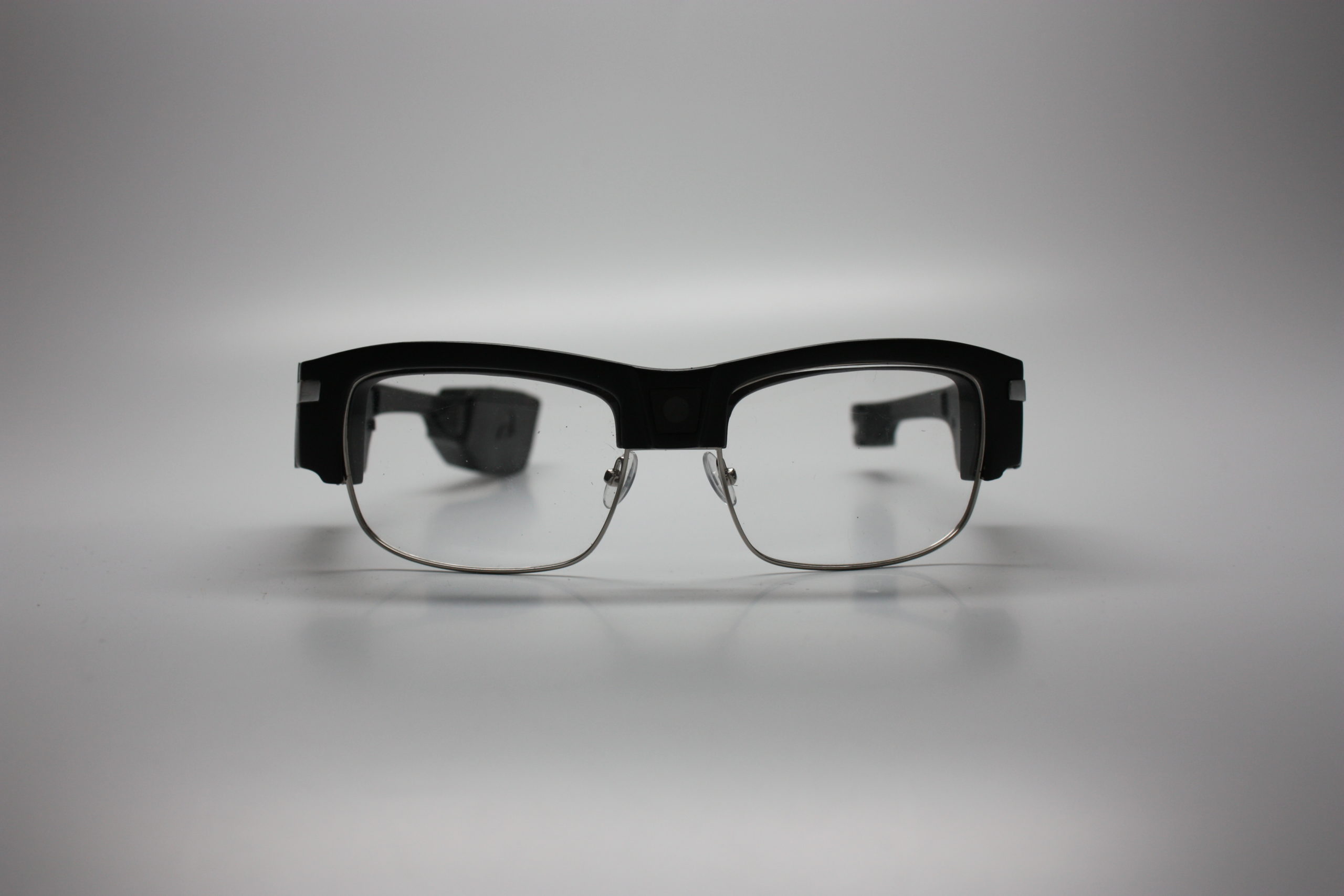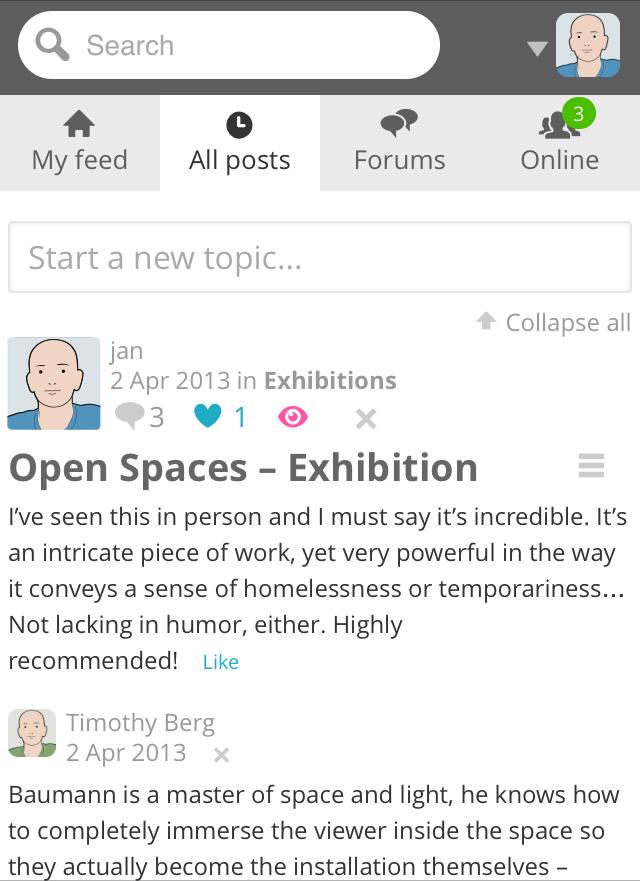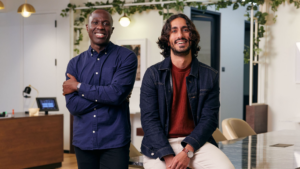 A Q&A with XOEye Technologies co-founder and CEO Aaron Salow. The Ann Arbor, Michigan– and Nashville, Tennessee-based startup, which has developed industrial-grade smart glasses which allow real-time point-of-view remote collaboration, launched at the DEMO Enterprise 2014 show last week. It was founded in 2010, and the founding team also includes Chris Salow, CTO Jon Sharp, and Chief Business Development Officer Anthony Blanco.
A Q&A with XOEye Technologies co-founder and CEO Aaron Salow. The Ann Arbor, Michigan– and Nashville, Tennessee-based startup, which has developed industrial-grade smart glasses which allow real-time point-of-view remote collaboration, launched at the DEMO Enterprise 2014 show last week. It was founded in 2010, and the founding team also includes Chris Salow, CTO Jon Sharp, and Chief Business Development Officer Anthony Blanco.
SUB: Please describe XOEye and your primary innovation.
Salow: We at XOEye are focused on delivering productivity and efficiency solutions for manufacturing, industrial, technical field services and construction settings via our new holistic wearable solution set.
This solution set consists of our new smart eyewear device, XOne, proprietary development platform, XOLinux, and cloud-hosted content management suite, Vision. XOne, the industrial-grade smart glasses, capture and stream high fidelity audio and visual content, enabling first-person point-of-view workplace collaboration in real-time, with a number of additional analytic and biometric measurement capabilities. When combined with our backend development platform, XOLinux, and content management suite infrastructure, Vision, we at XOEye Technologies are among the first to introduce a powerful, flexible wearable solution for enterprise settings.
SUB: Who are your target markets and users?
Salow: Our hardware and software solutions are built for enterprises that require information to be communicated to-and-from the field in order to optimize operational efficiency. Primarily, we are focused in three core verticals—manufacturing, construction, and field technical services. We are also providing open API for developers to introduce to industries beyond our verticals.
SUB: Who do you consider to be your competition, and what differentiates XOEye from the competition?
Salow: On the hardware side, you have companies like Google, Vuzix, and Vidcie developing for a wide variety of applications. We are distinguished in our focus on industrialized, enterprise customers, and are developing a safety-certified device with tactile controls and an audio interface.
Companies such as APX Labs, Augmate and Metaio are developing software apps. We are constructing a custom embedded Linux OS, which will be familiar to enterprise IT administrators, and designing our software to support mobile device management for large deployments. From our cloud-hosted site, customers will also be able to deploy first- and third-party applications.
SUB: You just had your official launch at DEMO Enterprise. Why did you decide that DEMO was the right forum for your launch?
Salow: Presenting at DEMO Enterprise was an obvious goal of ours from the beginning. Some of today’s leading technology brands launched at DEMO, and we want to capture that opportunity just as they did. Also, the show attracts some of the biggest names, investors, influencers, and media in enterprise tech, so as we ready ourselves for commercial distribution, having the opportunity to have the who’s-who in enterprise tech learn about us and provide their feedback seemed extremely rewarding.
SUB: Describe your experience debuting at DEMO. Was it an overall positive experience?
Salow: Absolutely. Presenting to such a prominent crowd can seem overwhelming, and the DEMO team was really hands-on to help us prepare the best-possible presentation.
SUB: Have you raised outside funding to this point?
Salow: Nope, all funding has been raised internally.
SUB: What was the inspiration behind the idea for XOEye? Was there an ‘aha’ moment, or was the idea more gradual in developing?
Salow: The ‘aha’ moment took place in October, 2010. Our co-founder, Chris Salow, saw an opportunity to give people a unique point-of-view through a new communication tool. Since then, we’ve discovered tremendous opportunity to support businesses by allowing them to reduce latency of communication and enhance operational efficiency.
SUB: What were the first steps you took in establishing the company?
Salow: Our first step was to prove out the concept of telepresence, which we achieved in January, 2013. Since then, we’ve been hard at work refining all elements of our technology, building new applications, defining our customer markets, and educating groups of stakeholders about our vision for the future of enterprise communication.
SUB: What have the most significant challenges been so far to building the company?
Salow: One significant challenge has been miniaturizing such powerful technology into a comfortable and convenient form factor, while effectively managing heat and battery consumption. Ultimately, we understand that sophisticated technology isn’t enough; it needs to be comfortable, easy to use, and produce the data that’s meaningful to our clients. We’re excited about the progress we’ve made in this regard, and have received a great deal of positive feedback from those who’ve tried on the device.
SUB: How do you generate revenue or plan to generate revenue?
Salow: We will be selling hardware devices, and receiving a monthly fee for managing the cloud-hosted server for our clients.
SUB: What are your goals for XOEye over the next year or so?
Salow: Our first order of business is to launch our developer program, which will give strategic partners and developers an opportunity to become intimately familiar with the technology, and evaluate the potential ROI impact to their businesses. This will lead into our 1.0 market release later this year. Beyond the market release, we of course plan to grow aggressively with existing technology, and continue to create new tools for expanded capabilities.














